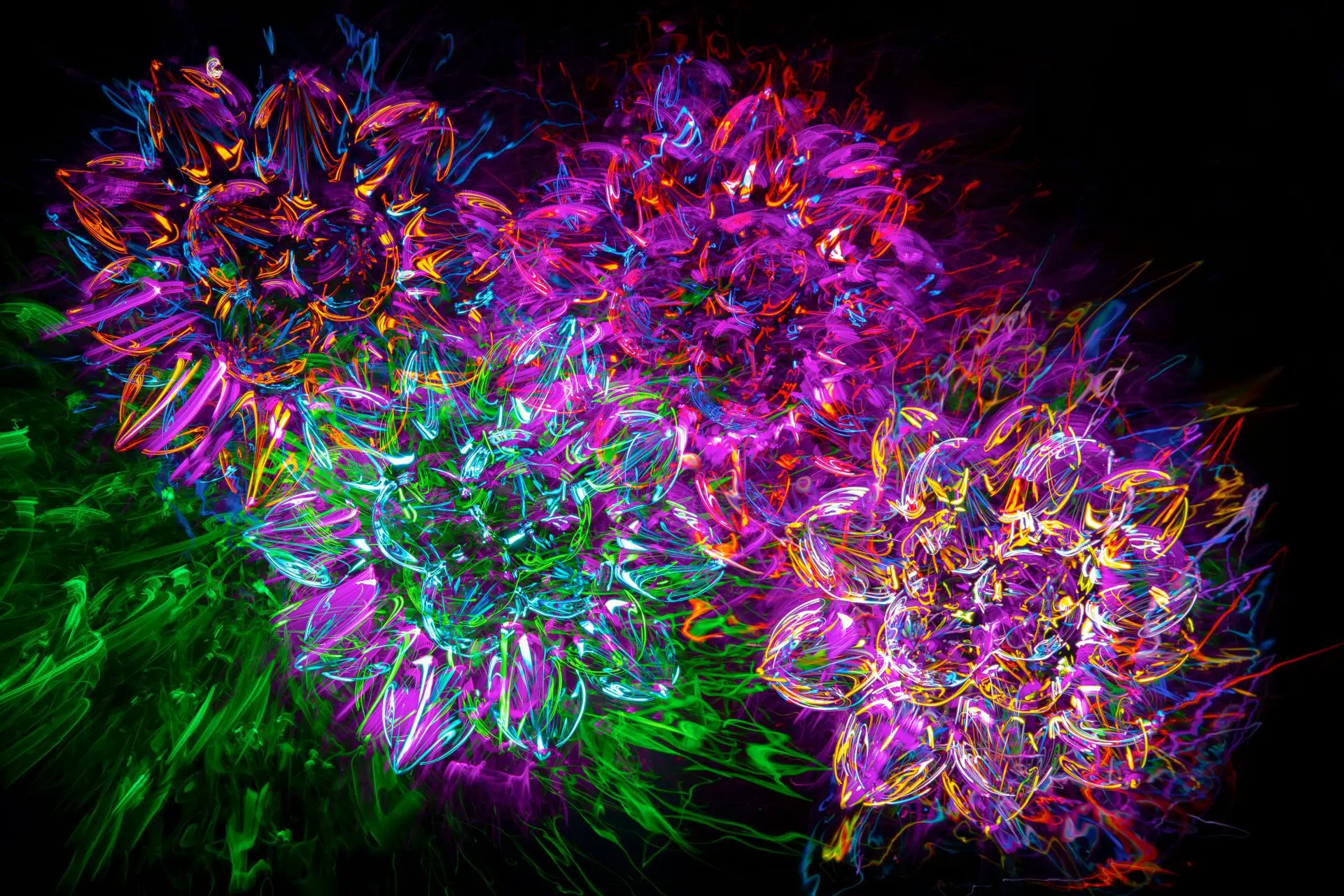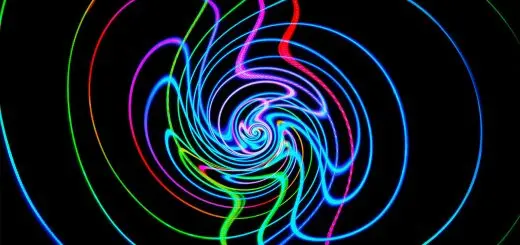Guardians of the Underworld: Spirits and Demons in Myth

Looking for more amazing products? Check out our online store and explore our collection here! Happy shopping!
Before diving in, please note: This post is for informational purposes only. If you’d like to know more about how we approach topics, feel free to check out our friendly Disclaimer Page.
Hey there, amazing readers! 
We’re committed to delivering quality posts, and your support (even just sticking around despite the ads) means everything to us. So, bear with us, and thanks for helping us keep the good vibes rolling. Now, on to the fun stuff!
TRANSLATE BUTTON AT THE END OF THE ARTICLE
Mythological Beliefs in Ancient Cultures
In ancient cultures worldwide, beliefs in spirits and demons were prevalent and played significant roles in shaping religious practices, societal norms, and cultural traditions.
These mythical beings were thought to inhabit the underworld, the realm of the dead, and were often considered guardians or overseers of this mysterious realm.
Various civilizations, such as the Greeks, Egyptians, Mesopotamians, and Chinese, had their unique interpretations of these supernatural entities, reflecting the diverse tapestry of human imagination and belief.
Understanding Spirits and Demons
Spirits and demons are supernatural entities that are believed to possess powers beyond those of humans.
Spirits are often seen as benevolent beings that can provide guidance, protection, or assistance to the living.
In contrast, demons are typically malevolent entities that seek to harm, deceive, or torment humans.
These mythical beings are often associated with the spiritual world and are believed to influence human affairs in both positive and negative ways.
Guardians of the Underworld in Mythology
In many mythological traditions, guardians of the underworld are powerful beings tasked with overseeing the realm of the dead.
These guardians ensure that the souls of the deceased are guided safely to the afterlife and protect the underworld from any intruders or malevolent forces.
They are often depicted as fearsome creatures with supernatural abilities and serve as the gatekeepers between the living and the dead.
Role of Spirits in Different Cultures
Spirits play various roles in different cultures, ranging from ancestral spirits that are revered and honored to nature spirits that are believed to inhabit forests, rivers, and mountains.
In some cultures, spirits are seen as intermediaries between humans and the divine, able to communicate messages from the gods or provide insight into the future.
The belief in spirits reflects a deep connection to the spiritual world and a reverence for the unseen forces that govern the universe.
Demons Across Various Mythologies
Demons are prevalent in various mythologies, where they are often portrayed as malevolent beings that seek to cause chaos, destruction, or harm to humans.
These demonic entities are believed to possess dark powers and are often associated with temptation, sin, and evil.
In different cultures, demons take on diverse forms and characteristics, reflecting the fears and anxieties of the societies that created them.
Powers and Abilities of Mythical Beings
Mythical beings, such as spirits and demons, are often depicted as possessing extraordinary powers and abilities that set them apart from humans.
Spirits are believed to have the ability to traverse between the physical and spiritual realms, communicate with the dead, and influence the natural world.
Demons, on the other hand, are often associated with dark magic, shape-shifting abilities, and the power to possess or manipulate humans.
These supernatural powers make these mythical beings both feared and revered in various mythological traditions.
Common Traits of Underworld Guardians
Guardians of the underworld share common traits across different mythologies.
They are often depicted as powerful, immortal beings with a strong connection to the afterlife.
These guardians are usually tasked with maintaining order in the underworld, ensuring that the souls of the deceased are treated with respect and guided to their final resting place.
They are also portrayed as fierce protectors who defend the underworld from any threats or intruders, using their supernatural abilities to maintain the balance between the living and the dead.
Depictions of Spirits in Art and Literature
Spirits have been a popular subject in art and literature throughout history, with artists and writers depicting these mythical beings in various forms and contexts.
From ethereal ghostly figures to benevolent guardian spirits, the portrayal of spirits in art and literature reflects the cultural beliefs and values of different societies.
Spirits are often depicted as mysterious and otherworldly beings, existing in a realm beyond the physical world and influencing the lives of humans in subtle and profound ways.
Influence of Spirits and Demons on Society
The belief in spirits and demons has had a significant influence on society throughout history, shaping religious practices, cultural traditions, and societal norms.
These mythical beings are often used to explain natural phenomena, human behavior, and the mysteries of the universe.
The fear of demons and the reverence for spirits have led to the development of various rituals, ceremonies, and customs aimed at appeasing or warding off these supernatural entities.
The influence of spirits and demons on society can be seen in art, literature, folklore, and religious practices across cultures worldwide.
Legends and Stories of Mythical Creatures
Legends and stories of mythical creatures, such as spirits and demons, have been passed down through generations, captivating audiences and sparking the imagination.
These tales often serve as cautionary fables, moral lessons, or explanations for natural phenomena.
From the Greek Hades to the Chinese Yama, the legends of underworld guardians have endured over time, weaving a rich tapestry of folklore and mythology that continues to inspire and intrigue people around the world.
Symbolism of Underworld Guardians
Underworld guardians are rich in symbolism and mythological significance, representing the cycle of life and death, the mysteries of the afterlife, and the balance between the physical and spiritual worlds.
These mythical beings often serve as symbols of protection, guidance, and transformation, guiding souls on their journey to the afterlife and ensuring that the natural order is maintained.
The symbolism of underworld guardians can be found in various religious and cultural traditions, where these powerful beings are revered and respected for their role in the cosmic order.
The Evolution of Spirits and Demons in Mythology
Throughout history, spirits and demons have evolved and transformed in response to changing beliefs, cultural influences, and societal values.
The depiction of these mythical beings has shifted from ancient civilizations to modern interpretations, reflecting the ever-changing nature of human imagination and creativity.
While the core traits of spirits and demons remain consistent across different mythologies, their roles and characteristics have adapted to meet the needs and fears of the societies that created them.
The evolution of spirits and demons in mythology continues to fascinate and inspire people, offering a glimpse into the depths of human consciousness and the enduring power of myth.
Conclusion
In conclusion, the belief in guardians of the underworld, spirits, and demons has been a fundamental aspect of human culture and mythology throughout history.
These mythical beings have played diverse roles in shaping religious beliefs, cultural practices, and societal norms, reflecting the complex relationship between humans and the supernatural world.
From the fearsome guardians of the Greek underworld to the benevolent spirits of Chinese folklore, the legends and stories of these mythical creatures have endured over time, captivating audiences and inspiring awe and wonder.
The symbolism, powers, and influence of spirits and demons in mythology continue to fascinate and intrigue people worldwide, offering a glimpse into the mysteries of the spiritual realm and the eternal struggle between good and evil.

The Enlightenment Journey is a remarkable collection of writings authored by a distinguished group of experts in the fields of spirituality, new age, and esoteric knowledge.
This anthology features a diverse assembly of well-experienced authors who bring their profound insights and credible perspectives to the forefront.
Each contributor possesses a wealth of knowledge and wisdom, making them authorities in their respective domains.
Together, they offer readers a transformative journey into the realms of spiritual growth, self-discovery, and esoteric enlightenment.
The Enlightenment Journey is a testament to the collective expertise of these luminaries, providing readers with a rich tapestry of ideas and information to illuminate their spiritual path.
Our Diverse Expertise
While our primary focus is on spirituality and esotericism, we are equally passionate about exploring a wide range of other topics and niches 

To ensure we provide the most accurate and valuable insights, we collaborate with trusted experts in their respective domains 
Our blog originally focused on spirituality and metaphysics, but we’ve since expanded to cover a wide range of niches. Don’t worry—we continue to publish a lot of articles on spirituality! Frequently visit our blog to explore our diverse content and stay tuned for more insightful reads.
Hey there, amazing reader! 
Check out our store here and take a peek at some of our featured products below! Thanks for being awesome!













